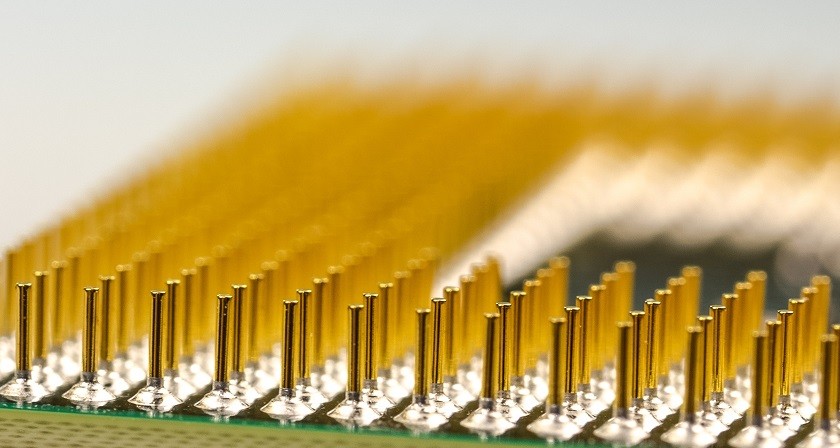How to bond silicone rubber
Silicone rubber is one of the most difficult-to-bond rubbers. We will give you options for adhesives that can help you bond silicone.
Silicone rubber is one of the most difficult-to-bond rubbers. We will give you options for adhesives that can help you bond silicone.
Silicone can be difficult to bond, mainly due to is low surface energy and high elasticity. But it is possible!
Silicone is best bonded with silicone. Which type of silicone adhesive (out of the many, many options) to use will depend on the type of silicone to be bonded.
If you do not already know which type of silicone your detail is made of, it is usually stated in the techincal data sheet of the product. Look for terms such as addition cured, platinum cured or condensation cured.
Silicone adhesives are naturally elastic and have good adhesion to other silicones. Make sure to clean the surfaces though to remove any dirt or mould release used in the manufacturing process.
Silicone adhesives are also avaliable with medical approval or low outgassing if required.
1. A moisture curing 1-component silicone adhesive works in most cases. Drawbacks can be that the curing can taka a long time, especially if the relative humidity is low, and that bigger surfaces can be difficult to bond since the adhesive requires contact with surrounding air. Advantages include that this type of adhesive is easy to dispense and does not require a mixing step. Nusil MED-1000 is an example of a medical grade product.
2. A 2-component silicone adhesive that cures using a platinum catalyst (so-called addition curing silicone) is sensitive to inhibition, or poisoning which can limit its use in some (rare) cases. Among these potential poisons is tin (Sn) which is a component of a condensation curing system. In other words, this type of adhesive is not recommended for condensation cured silicone details as the adhesive may not cure properly. The main advantages using this type of adhesive is that the curing time can easily be controlled by changing the temperature. The cure speed is also much faster than a moisture curing silicone adhesive. There is a mixing step, but it may not be as difficult and time consuming as it seems since a cartridge-dispensed silicone adhesive and a small dispensing gun and static mixer could be used. Nusil MED1-4213 is an example of a product.
Apart from using a silicone adhesive, it is also possible to bond silicone using a cyanoacrylate (instant adhesive).
To get good adhesion, a primer must first be applied on the silicone surface (for example Permabond POP). Then a flexible cyanoacrylate is applied (for example Permabond 2050).
This method of bonding silicone works best for small details that will not be used in extreme environments.
For advice on how to select the right adhesive for you, feel free to contact us.

When choosing an adhesive for your application, it is advantageous if you consider the adhesive viscosity to best suit your application and process.
Read more
Medical grade adhesives are commonly biocompatibility tested according to ISO 10993 standard. Choose Epoxy, UV-curing adhesive or silicone.
Read more
Electrically conductive adhesives are used in many different types of industries and applications. Some examples are electronics, solar cell, medical, aerospace, space and automotive applications.
Read more
Silicone rubber is one of the most difficult-to-bond rubbers. We will give you options for adhesives that can help you bond silicone.
Read more
Your silicone is not curing even though you have followed every instruction? Inhibition could be the reason.
Read more